Well that has to do with the composition and state of the small and large intestine. There’s anywhere from about 10-100 billion microbes present in the small and large intestine. This helps us understand why giving a probiotic or eating fermented foods makes a difference, because there’s enough probiotics present in the average capsule to replenish and encourage growth of good bacteria. Also, the small intestine is approximate 20 ft long, so it houses about 95% of the bacteria that live in our intestines. The large intestine on the other hand is only 4 ft long, but because things are moving much slower through the large intestine the bacteria layer in the mucosa can be up to 200 cells thick, compared to 1 cell thick in the small intestine. This allows this shorter stretch of organ to still accommodate 10-100 billion microbes. Research: As I mentioned before there are many studies that have been done and are currently being done on the effects of probiotics and the microbiome as a whole. If you did a simple google or pubmed search you would come up with 1000s of results. I can’t summarize all of them, but here are a few highlights: INFANTS AND PROBIOTICS Eczema, asthma and allergy have become much more of a problem over the past few decades than they ever were before. In the Swansea baby Allergy Prevention Trial they looked to see if intervening with probiotics at an early age could reduce the incidence of allergy, and atopic conditions by extension. The intervention was given to newborns for the first 6 months after birth. The outcome was a follows: Placebo group: Almost 10% of infants had atopic eczema at 6 months; Approximately 13% of infants had atopic eczema at 2 years. Probiotic group: Approximately 3% of infants had atopic eczema at 6 months; almost 6% of infants had atopic eczema at 2 years. The overall reduction of infants with allergy was 57% at 2 years. Remember, they only received treatment for the first 6 months. This demonstrates that the positive benefit of intervention goes beyond the intervention period. PROBIOTICS AND ANTIBIOTICS Most people are aware that we should take probiotics when we take an antibiotic. However, how much, when and for how long make a difference? One study, The Cambridge Clostridium difficile trial looked at the impact of probiotics to prevent/reduce C. difficile infection and associated diarrhea in patients receiving antibiotics. The outcome was as follows: Antibiotic/Placebo group: When tested at Day 28 they still had overgrowth or dysbiosis present Antibiotics followed by probiotic: They had a growth of bacteria up to Day 7, but then at Day 28 there was a significant decrease in bacterial overgrowth Antibiotics with Probiotics: There was no overgrowth of bacteria at Day 7 or 28 because the probiotics were present throughout antibiotic treatment This study demonstrates that by taking probiotics while receiving antibiotics you can decrease the chances of bacterial overgrowth occurring at all. However, it is still beneficial to intervene with probiotics later on as it will help to bring bacterial overgrowth under control.
Choices: Making sense of what’s available on the market As happens with most things in the market, as they get more popular there tends to be more people interested in developing a product for it. Over the last few years we’ve seen a huge increase in the number of probiotics available at the store. Knowing you have all these choices, how do you make the right choice for you? Well, there’s no short and easy answer to that. There are a number of factors you want to consider:
Knowing these things makes it much easier for you to select an appropriate probiotic. If you don’t know the answer to these questions or aren’t sure, then you may want to speak to a Naturopathic Doctor or other healthcare professional. When I go through this process with my patients, we figure out which probiotic (if any) might be best for them so it’s much easier to find what they need when they go to purchase a product from the health food store. Have questions about probiotics or how to improve your gut health overall? Please email me through the website ‘contact’ page or get in touch with me directly. Note: Talk to your Naturopathic Doctor today about getting assessed and treated if needed, and as always talk to your health care provider before beginning any new medication or supplement. This information is not meant to replace the advice/guidance of a medical professional, nor should it be acted upon by individuals unsupervised by the appropriate healthcare provider. References: Allen SJ et al 2014 Arch Dis Child Plummer et al 2005, Int J Antimicrob Agents 26
0 Comments
False Claims Then there’s the issue of the various claims that sunscreen manufacturers make about their products. Based on the research that’s been completed to date, there is insufficient data to support most claims on the sunscreen bottle. Claims such as: ‘waterproof’, ‘sweatproof’ and ‘broad spectrum protection’ don’t hold up. In fact, probably the most misleading is ‘cancer protection’ or ‘prevents cancer’. Sunscreen alone has not actually been shown to protect against certain forms of skin cancer, particularly melanoma, which is the most deadly form of skin cancer. Melanoma and Other Skin Cancers Why should we be concerned about melanoma? Well, since 2000, the rates of new melanoma cases among both men and women have been climbing by 1.4 to 1.6 percent per year (CDC 2014). A number of studies conducted in the 1990s reported higher incidence of melanoma among frequent sunscreen users (Autier 1998, Beitner 1990, Westerdahl 2000, Wolf 1998).
SPF: Is Bigger Better? Does SPF or the Sun Protection Factor make a difference? Most of us believe that Bigger Is Better, but there is no definitive evidence of increasing protection as the SPF values increase. In fact, beyond SPF 50, there appears to be little benefit. Properly applied SPF 50 blocks approximately 98% of sunburn rays. Properly applied SPF 100 blocks 99%. When used correctly, sunscreen with SPF values in the range of 30 to 50 will offer adequate sunburn protection, even for people most sensitive to sunburns.
Oxybenezone and 4-MBC are hormone disruptors and frequently used UV filters used in sunscreens. Oxybenzone could be found in about 70% of the non-mineral sunscreens evaluated by the EWG this year. Retinyl Palmitate and other Vitamin A derivatives have been shown to result in more skin tumors and lesions on animals treated with this ingredient and then exposed to sunlight. While MI, has actually been labeled as an inactive ingredient or preservative, was called ‘the allergen of the year’ by the American Contact Dermatitis Society in 2013. In March 2015, the European Scientific Committee on Consumer Safety concluded that no concentration of MI could be considered safe in leave-on cosmetic products (EU SCCS 2014). MI is present in 66 sunscreens assessed in this year’s report. What to Look for in a Good Sunscreen All these concerns in mind, what can we do to better protect ourselves from the harmful effects of sun exposure? One thing, when using sunscreen, pick the right one. Based on current research, mineral sunscreens tend to rate best, particularly those with zinc oxide or titanium dioxide. They are stable in sunlight, offer a good balance between protection from the two types of ultraviolet radiation (UVA and UVB) and don’t often contain potentially harmful additives. (EWG report, 2016).
Sunscreen is a helpful tool for protecting your skin from the harmful effects of the sun when used appropriately. Be sure to use it as recommended, and choose a sunscreen that has minimal/no harmful chemicals in it, particularly a mineral based one. Keep these things in mind, and the additional measures you can take to protect your skin, and you can help decrease your risk of developing serious illnesses like skin cancer.
4. Cantharis 30 CH: This homeopathic remedy is great for burns of almost any type, including sunburns. You can use this in conjunction with Aloe gel or by itself. This would be a good choice if you’re concerned about your child trying to eat the aloe gel once applied. This remedy, like Aloe gel, also relieves pain and helps promote healing. 5. Apis 30 CH: This homeopathic remedy is excellent for bee stings in particular, but can be used to treat other stings and bug bites as well. Generally helps with reducing swelling, pain and heat. Especially helpful for swelling around the eyes when the eyes are becoming too swollen to open the lids. Caution: If someone in your family has an anaphylactic allergy and they require an epi-pen, do not carry Apis in place of the epi-pen. .This is by no means all the various natural remedies you could use for these situations, nor is it all the possible situations you could potentially encounter this summer. However, this is a good place to start to cover a lot of the common issues that could occur. If you’re not familiar or comfortable with the use of any of these remedies, always check with your Naturopathic Doctor or other similarly educated health care practitioner before use.
Note: Talk to your Naturopathic Doctor today about getting assessed and treated if needed, and as always talk to your health care provider before beginning any new medication or supplement. This information is not meant to replace the advice/guidance of a medical professional, nor should it be acted upon by individuals unsupervised by the appropriate healthcare provider.  There are many things we all can do to keep ourselves healthy, eating a diet rich in fruits and vegetables, getting enough sleep, drinking enough water, the list goes on. One important part to avoiding colds and flus is minimizing unnecessary exposure to microbes that can potentially lead to illness. This is the reason why we put so much emphasis on hand washing and hygiene because these practices have been very useful in decreasing the incidence of disease. One of the early pioneers for sanitization practices was a German doctor by the name Ignaz Semmelweis. Dr. Semmelweis noticed that when hands were washed in obstetrical clinics regularly the incidence of puerperal fever was drastically reduced. Normally, puerperal fever carried a 10-35% mortality rate among mothers in the mid 19th century. Due to his diligent efforts and others of that time period, hand washing practices became common place over time. Another practice that has drastically increased is the use of various disinfectants and sanitizers. You can’t go into a hospital without coming across several alcohol disinfectant dispensers. Some people even make it common practice to carry bottles or wipes of alcohol based disinfectant in their purses or cars just in case. However, are they actually as effective as we think they are at dealing with microbes? Sterilization vs. Disinfection First, let’s get some terms straight. Sanitizing or sterilizing is not the same as a disinfectant. Both procedures do destroy bacteria, viruses and fungi but not to the same extent. According to the CDC (Center for Disease Control), sterilization is defined as, “Any item, device, or solution is considered to be sterile when it is completely free of all living microorganisms and viruses. The definition is categorical and absolute (i.e., an item is either sterile or it is not).” Whereas disinfection is defined as, “…less lethal process than sterilization. It eliminates nearly all recognized pathogenic microorganisms but not necessarily all microbial forms (e.g., bacterial spores) on inanimate objects. Disinfection does not ensure an “overkill’’ and therefore lacks the margin of safety achieved by sterilization procedures.” (CDC). Understanding the difference between these terms is important because the types of cleaners and other products we use to achieve cleanliness are of varying strengths on the disinfectant spectrum. Due to the harshness of sterilization methods it’s not possible to sterilize people. Also remember there are ‘good’ and ‘bad’ bacteria, and we need the good bacteria to survive. If all forms of bacteria were wiped out from our bodies we would actually be susceptible to infection by the bad bacteria. Classes of Disinfectant When we’re discussing what kinds of things are good to use for cleaning and keeping ourselves healthy we need to think about the level of disinfectant needed. Disinfectant products are categorized from high to low disinfectant properties. They are defined as follows: High disinfectant: This procedure kills vegetative microorganisms and inactivates viruses, but not necessarily high numbers of bacterial spores. Such disinfectants are capable of sterilization when the contact time is relatively long (e.g., 6 to 10 hours). As high-level disinfectants, they are used for relatively short periods of time (e.g.,10 to 30 minutes). These chemical germicides are potent sporicides and, in the United States, are classified by the FDA as sterilant/disinfectants. They are formulated for use on medical devices, but not on environmental surfaces such as laboratory benches or floors. Intermediate disinfectant: This procedure kills vegetative microorganisms, including Mycobacterium tuberculosis, all fungi, and inactivates most viruses. Chemical germicides used in this procedure often correspond to Environmental Protection Agency (EPA)-approved “hospital disinfectants” that are also “tuberculocidal.” They are used commonly in laboratories for disinfection of laboratory benches and as part of detergent germicides used for housekeeping purposes. Low disinfectant: This procedure kills most vegetative bacteria except M. tuberculosis, some fungi, and inactivates some viruses. The EPA approves chemical germicides used in this procedure in the US as “hospital disinfectants” or “sanitizers”. To help you understand what kinds of chemicals and products are categorized under each of these subheadings, take a look at the following table: Activity Levels of Selected Liquid Germicides
As you can see the sterilization agents kill everything, but the disinfectant agents have a great deal of variability. Probably the two you’re most familiar with are the hydrogen peroxide and alcohols (ethyl and isopropyl). The hydrogen peroxide and alcohol people typically use would be in the intermediate category at best. So they do help to kill off most organisms, but not all of them. The CDC also mentions that the effectiveness of alcohols is limited, “…they evaporate rapidly, resulting in short contact times, and also lack the ability to penetrate residual organic material. They are rapidly tuberculocidal, bactericidal and fungicidal, but may vary in spectrum of virucidal activity. Items to be disinfected with alcohols should be carefully pre-cleaned then totally submerged for an appropriate exposure time (e.g., 10 minutes).”
Should We Use Hand Disinfectants? So this all comes down to whether it’s worthwhile to use such products as ethyl alcohol hand disinfectants, or if we should just be washing our hands a lot more. As we’ve seen, the alcohol and other such products can be useful to eliminate bacteria, but not completely. So it is certainly better than using nothing at all, but definitely the more effective method is actually washing your hands with soap and water. They should be used as a complimentary measure as opposed to a replacement for hand washing. There are also natural alternatives to alcohol-based products that use plant essential oils and no additional chemicals. These natural products are a nice alternative because essential oils are plants natural defense mechanism against bacteria and are less likely to react with sensitive skin. One example of a product is Clean Well, which is alcohol, paraben and triclosan free. Ultimately, the choice is yours to make. If you do choose to use an alcohol-based disinfectant, make sure it’s at least 70% ethyl or isopropyl and it does not contain any additional chemicals. References: CDC. Biosafety: Appendix B – Decontamination and Disinfection. http://www.cdc.gov/biosafety/publications/bmbl5/bmbl5_appendixb.pdf Clean Well. All the Facts. http://www.cleanwelltoday.com/a-better-way-to-clean/all-the-facts/ Disinfectant vs Sanitizers. University of Hillyard. http://www.hillyard.com/ProductsServices/UniversityofHillyard/Disvsant.htm Semmelweis Society International. Biography of Ignaz Philipp Semmelweis. http://www.semmelweissociety.org/Biography.aspx 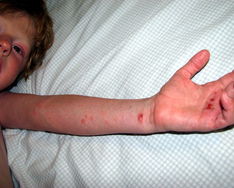 What Is Eczema? The skin is an important organ of elimination, communication and protection. The body is trying to tell us that something is wrong when we see symptoms like eczema. Eczema and other skin issues have become a very common problem, usually affecting children and babies. The typical presentation of eczema is a scaly, red and itchy rash that appears on the creases of the elbows, back of the knees, behind the ears, on hands and on the face. This results from chronic inflammation that manifests in the skin, which is termed atopic dermatitis. Atopic conditions occur due to an imbalance in the immune system, which has caused it to become hypersensitive and thus prone to developing other hypersensitive reactions, such as asthma. What Causes Eczema? There are many contributing factors to the development of eczema. These include: - Environmental trigger(s): chemical irritants, soaps, lotions, and laundry detergent can all contribute to skin irritation - Food sensitivities: food allergens (eg. peanuts or diary), and chemicals, additives, or oils in processed foods can cause the rash to worsen - Stress: Stress can also undermine the whole system, and contribute to the development of skin issues. Keeping a stress free environment as much as possible, can be very helpful - Improper Elimination: when the organs of elimination (liver, skin, bowels, or urinary system) are overtaxed or underperforming toxins can remain in the body and contribute to skin problems. - Antibiotics: Overuse or improper use can severely disrupt the normal flora of the body. This is a risk factor for skin issues, especially in young children. How Is Eczema Treated? The conventional treatment for eczema is corticosteroid cream, combined with rounds of antibiotics if the skin is severely compromised and there is concern of infection. While this may be necessary in extreme cases, it also has side effects of thinning the skin and steroid resistance, among others. From a natural medicine perspective there are a number of things that can be done to help treat and prevent eczema. - Eliminate allergens from the diet. Some of the most common ones are wheat, dairy, soy, eggs and corn. - Decrease stress. Stress produces a hormone called cortisol, which can actually make skin conditions worse. Exercise, meditation and spending time doing things you enjoy can help decrease stress. - Minimize exposure to environmental triggers. Try using chemical free skin products and laundry detergent. Many products are labeled ‘for sensitive skin’. - Improve immune function. There are many things that can be done to help optimize the immune system. Eating a balanced diet of whole foods, including sources of omega 3s and fermented foods for probiotics, can minimize flare-ups. - Maximize routes of elimination. Ensuring that the liver, skin, bowels and urinary system are functioning optimally can keep toxin levels to a minimum and help keep the skin in better condition. Good detoxification foods include the dark leafy greens and spices like turmeric. Itch Relief The itch caused by eczema can be the worst part of eczema. Many children will itch their skin until it is raw, blistered and bleeding to get relief. Some helpful strategies for dealing with the itch include: - Homeopathic Remedies: Certain homeopathic remedies can be very helpful with minimizing the itch. Since each case is somewhat different, it is important to get a proper assessment from a trained practitioner. - Topical creams: natural topical creams that are free of chemicals can be helpful for minimizing itch. - Cool compress: placing a cold cloth over the affected skin can often provide temporary relief if an oatmeal bath cannot be taken at the time. Watching a child suffer from eczema can be a very stressful experience for a parent. If your child is suffering from eczema or you suspect they are, it is best to take them to a Naturopathic Doctor who can perform a proper assessment and form a treatment plan that will address your child’s needs. Always speak to your health care provider before beginning any new medications or supplements. References: 1. Stoppler, MC. (2012). Eczema. Reviewed by Schiel Jr., WC. MedicineNet. http://www.onhealth.com/eczema/article.htm. 2. Romm, A. 2003. Naturally Healthy Babies and Children: A Commonsense Guide to Herbal Remedies, Nutrition, and Health. Celestial Arts. 3. Skowron, JM. 2009. Fundamentals of Naturopathic Pediatrics. CCNM Press. Print. |
Sarah Connors
I am a Naturopathic Doctor and Doula providing care in the Kitchener-Waterloo area. I have a passion for helping people with their health issues and improving the birth experience for Moms, and their babies. I also have a life long love affair with soccer, curling, and the alto saxophone. Archives
November 2020
Categories
All
|
Photos from Rural Royalty, manu flickr2010, Ryan Dickey, wocintechchat, huskyte77, paulswansen, Black Room Photography, harum.koh, Emery Co Photo, JeepersMedia, BrownGuacamole, wellnesswildflower, JeepersMedia, vastateparksstaff, colindunn, seelensturm, /\ \/\/ /\, 50mm.za, The Simpsons (Lee, Shirley, Luke and Rachel), AGRONAUTI, aivas14, Jonathan Rolande, winnifredxoxo, juhansonin, osseous, nan palmero, Theo Crazzolara, brianfagan, TP studio, wuestenigel, torbakhopper, anka.albrecht, Michael Stern, [-ChristiaN-], franchiseopportunitiesphotos, terren in Virginia, nateOne, barnimages.com, Dun.can, wuestenigel, @lattefarsan, amandabhslater, aphrodite-in-nyc, nutritionaldoublethink, Anne Worner, donnierayjones, mikecogh, angeloangelo, Rob.Bertholf, getaiwan, Lida Rose, matsuyuki, SurFeRGiRL30, marcoverch, amsfrank, mdaltry, nutrition education, Mike Prince, Edsel L, Neighborhood Nini, philipp.alexander.ernst, Mediocre2010, homethods, quinn.anya, Gamma Man, katerha, Eric Kilby, National Institutes of Health (NIH), rcmd_cfdfw_5_2, curtis palmer, Ray in Manila, frankieleon, Airsoftpal.com, byzantiumbooks, cchana, Brian Legate, Matt Lavin, BradHinton, monpetitchouphotography, wuestenigel, alexisjordanlewis, ByEPhotos, erix!, RLHyde, return the sun, quinn.anya, mliu92, frankieleon, loudista, Lyn Lomasi, upslon, derrickbrutel, cchana, National Institutes of Health (NIH), watts_photos, marcoverch, derrickbrutel, francesbean, weegeebored, Airsoftpal.com, Etwood, wu_135, shixart1985, Ingrid Taylar, VeritasFotografie, BioDivLibrary, emmanuelmorales1, Thanks for 1.5 Million Views!!, Will Merydith, reader of the pack, RoxyHobbs, Khanelle Prod' Medias, storyvillegirl, agromonitor, Arenamontanus, six:eleven, cote, SweetOnVeg, nenoirenediaz, lucianvenutian, markhillary, anotherlunch.com, inkknife_2000, archibald jude, rawtrigger, Imaginary Museum Projects: News Tableaus, Pavel P., Courtney Emery, Thien Gretchen, physiognomist, bark, Michigan Municipal League (MML), alberth2, Merelymel13, neofob, Care_SMC, Parker Knight, B*2

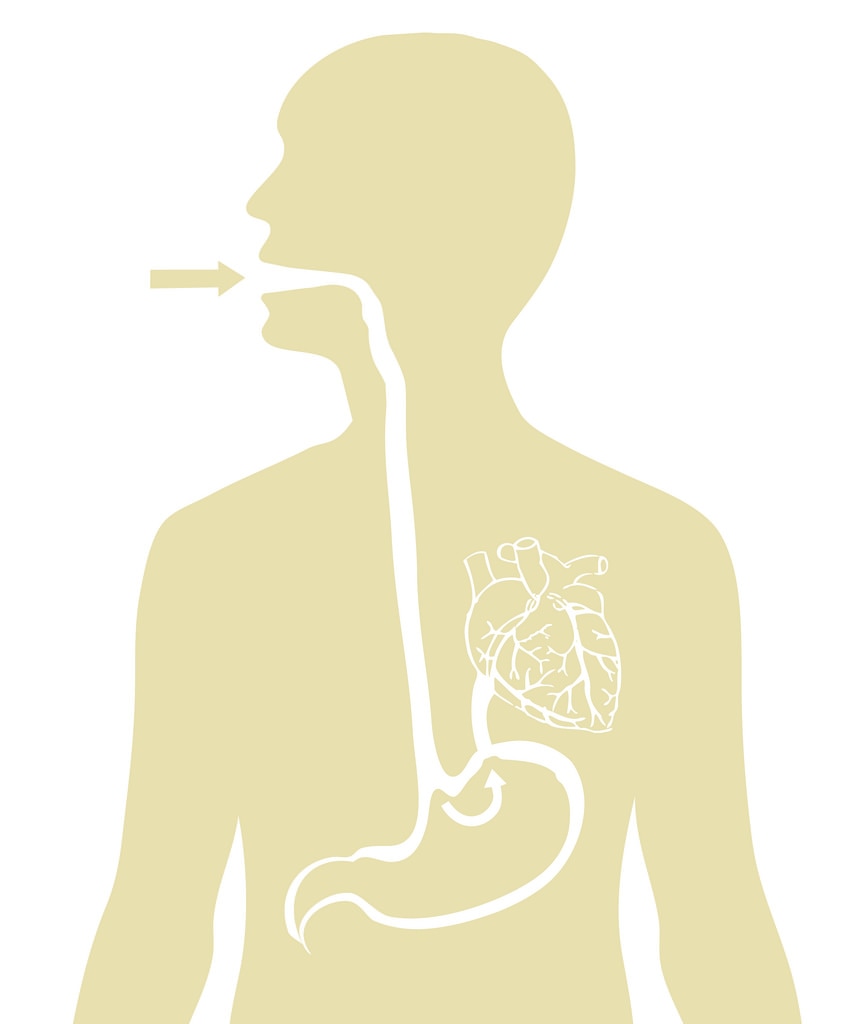


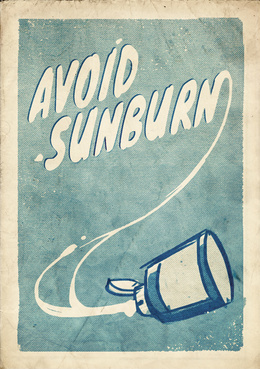
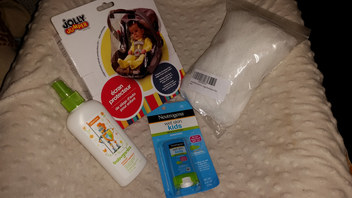

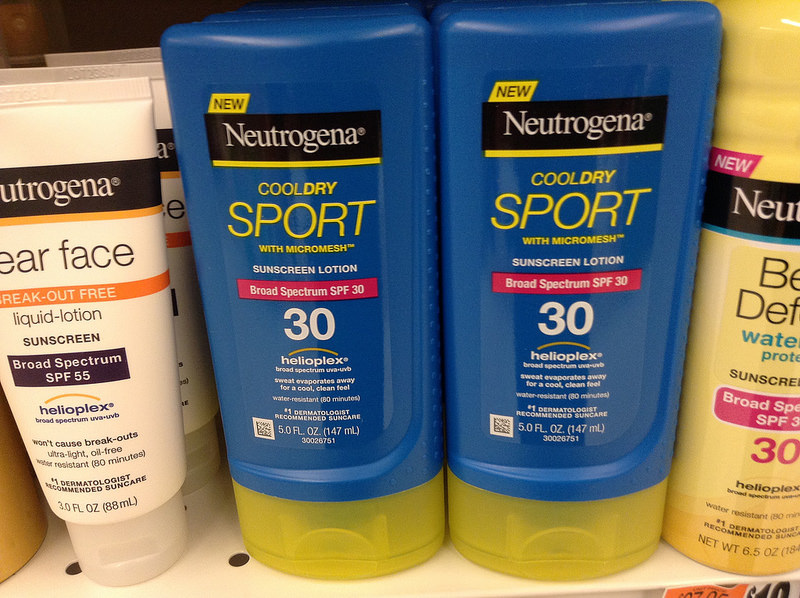
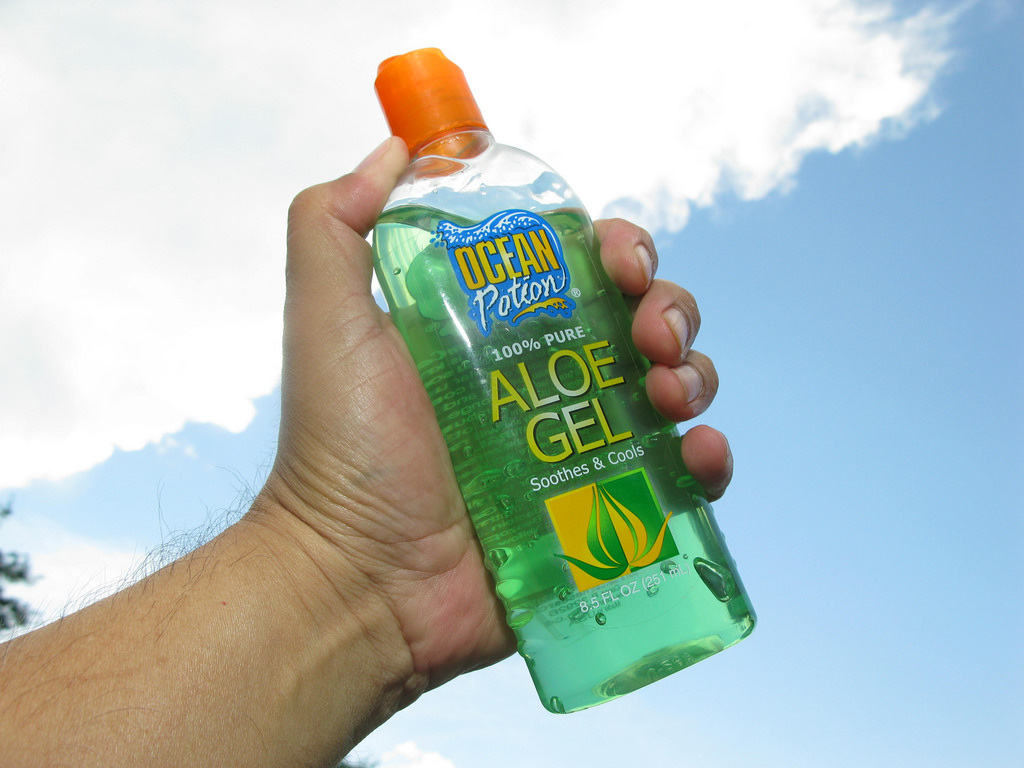
 RSS Feed
RSS Feed
